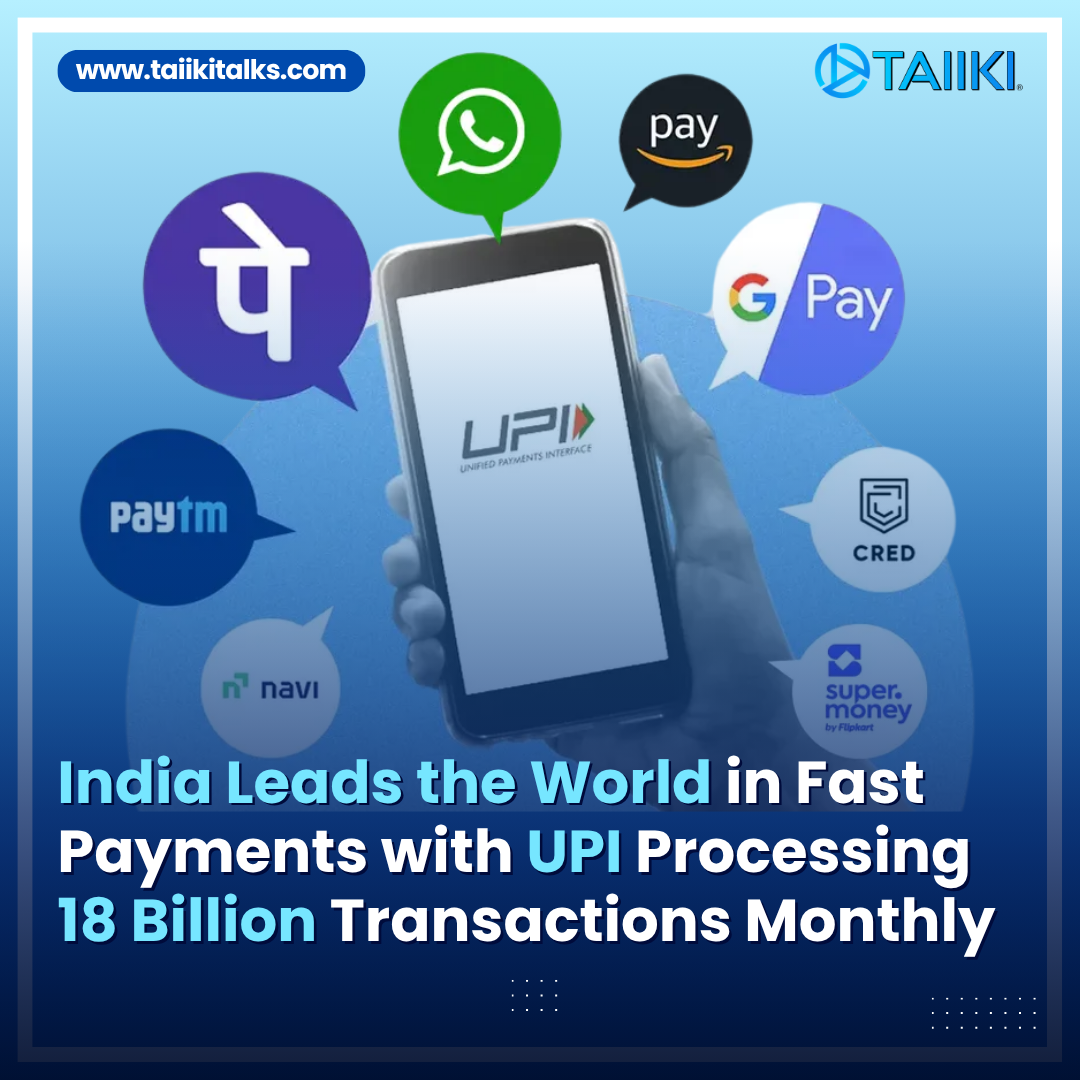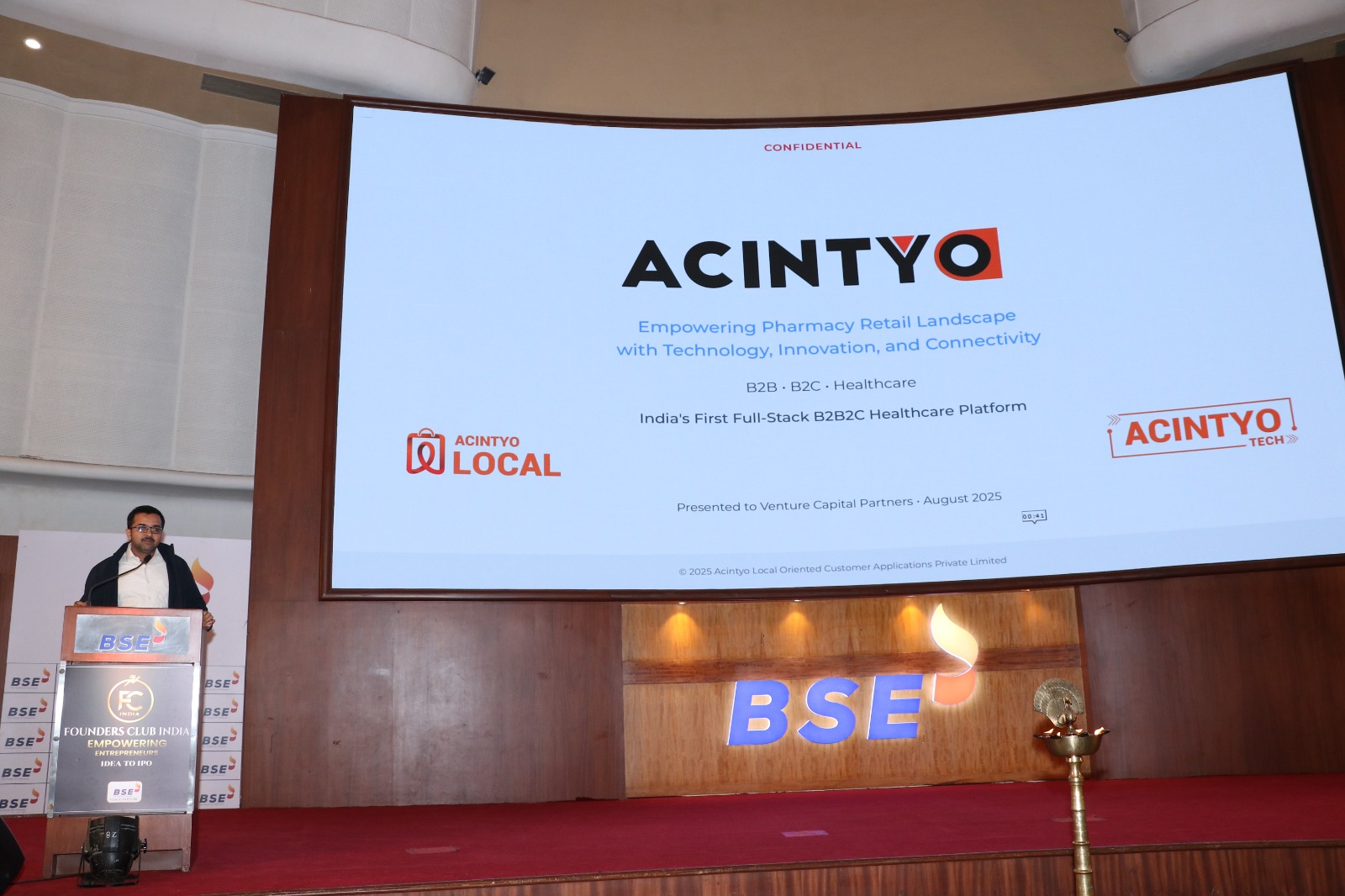Digital Divide: Bridging the Gap in Global Information Access
The digital divide refers to the gap between individuals and communities that have access to information and communication technologies (ICTs) and those that do not. This divide has significant implications for education, economic opportunities, and social inclusion. Bridging this gap is crucial for fostering equitable growth and ensuring that everyone can participate in the digital age. Strategies to address this issue include improving infrastructure, enhancing digital literacy, and implementing inclusive policies. Collaborative efforts between governments, private sector, and civil society are essential for closing the digital divide.

Understanding the Digital Divide
The digital divide is more than just a technological gap; it encompasses disparities in access to the internet, devices, and digital literacy. It affects various demographics, including low-income individuals, rural populations, and marginalized communities. Understanding the root causes of the digital divide is crucial for developing effective solutions. Factors contributing to this divide include economic constraints, lack of infrastructure, and educational barriers. Addressing these root causes requires a multifaceted approach that considers both technological and socio-economic factors.
Impact on Education and Employment
Access to digital tools and the internet plays a vital role in modern education and employment. Students without reliable internet access are at a significant disadvantage, missing out on online learning resources and opportunities. Similarly, the job market increasingly demands digital skills, putting those without access at a competitive disadvantage. Bridging the digital divide can help level the playing field, providing all individuals with equal opportunities to learn and succeed. Governments and organizations must prioritize digital inclusivity in educational and employment policies.
Enhancing Digital Literacy
Digital literacy is the ability to use digital tools effectively and safely. It's a critical component of bridging the digital divide. Many individuals, especially in underserved communities, lack basic digital skills, hindering their ability to benefit from technological advancements. Initiatives to enhance digital literacy should focus on providing education and training programs that are accessible to all. Schools, libraries, and community centres can serve as hubs for digital literacy education, helping people of all ages develop the skills they need.
Improving Infrastructure
One of the biggest barriers to closing the digital divide is inadequate infrastructure. In many rural and underserved urban areas, reliable internet access is either unavailable or prohibitively expensive. Investment in infrastructure, such as expanding broadband networks, is essential. Public-private partnerships can play a crucial role in this effort, leveraging resources and expertise from both sectors to build and maintain the necessary infrastructure. Policies and incentives that encourage infrastructure development in underserved areas are also key.
Policy and Collaborative Efforts
Effective policies and collaborative efforts are essential for bridging the digital divide. Governments need to create and implement policies that promote digital inclusion, such as subsidies for low-income families, incentives for infrastructure development, and support for digital literacy programs. Collaboration between governments, private sector companies, and non-profits can amplify the impact of these efforts. Successful examples include community Wi-Fi initiatives, corporate social responsibility programs, and international aid projects focused on technology access.
Conclusion:
Bridging the digital divide is a complex but essential task for creating a more equitable and inclusive society. By understanding the multifaceted nature of the divide, its impact on critical areas like education and employment, and the importance of digital literacy and infrastructure, we can develop comprehensive strategies to address it. Collaborative efforts and effective policies are vital in ensuring everyone has the opportunity to participate fully in the digital age. As technology continues to advance, closing the digital divide will not only benefit individuals but also contribute to broader social and economic development.





































Comments (0)